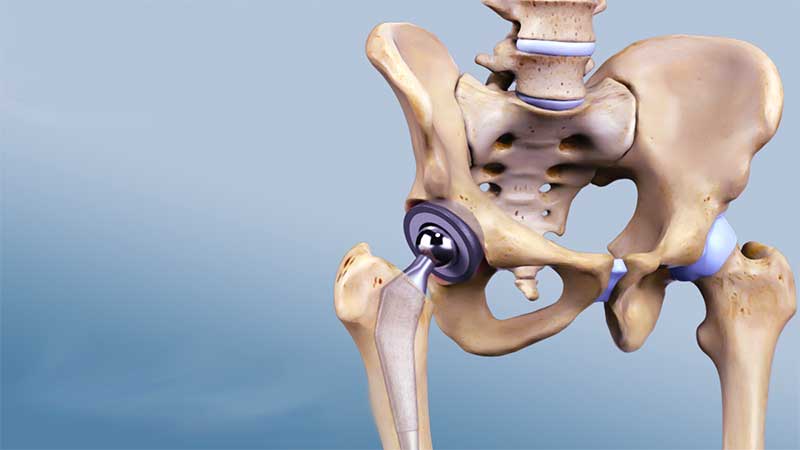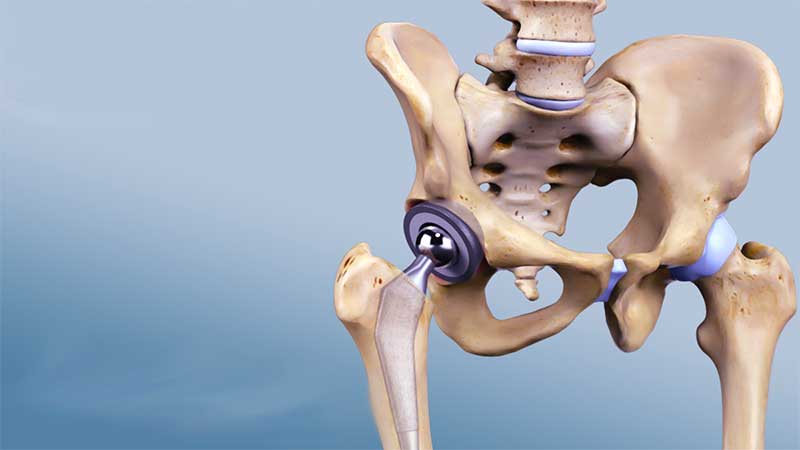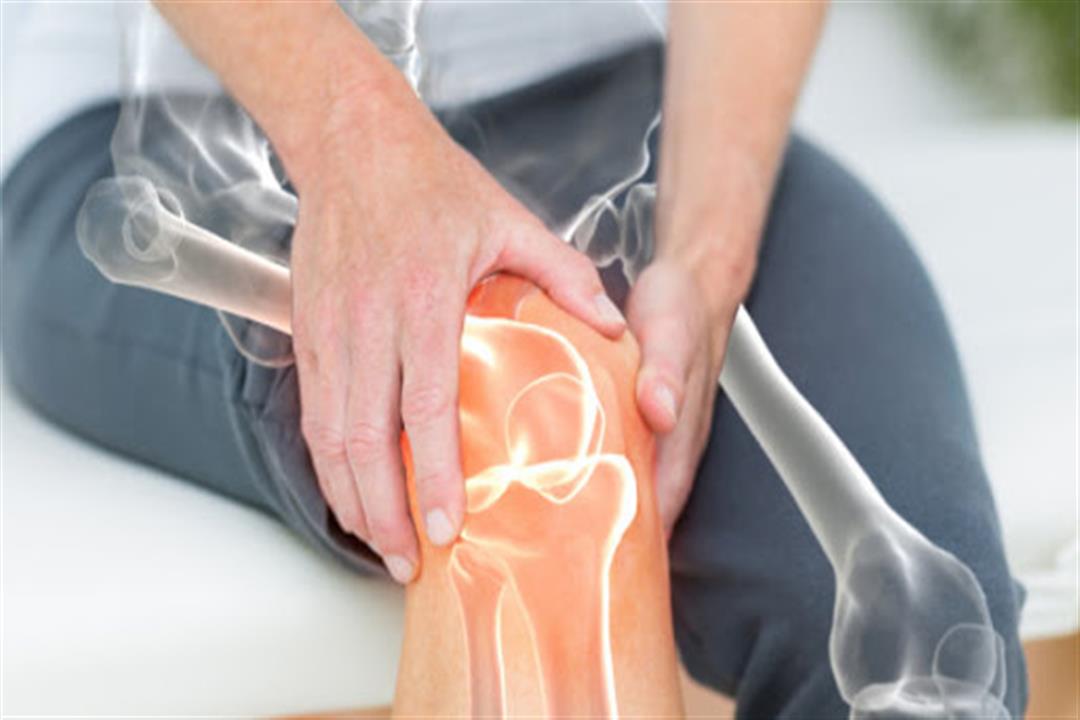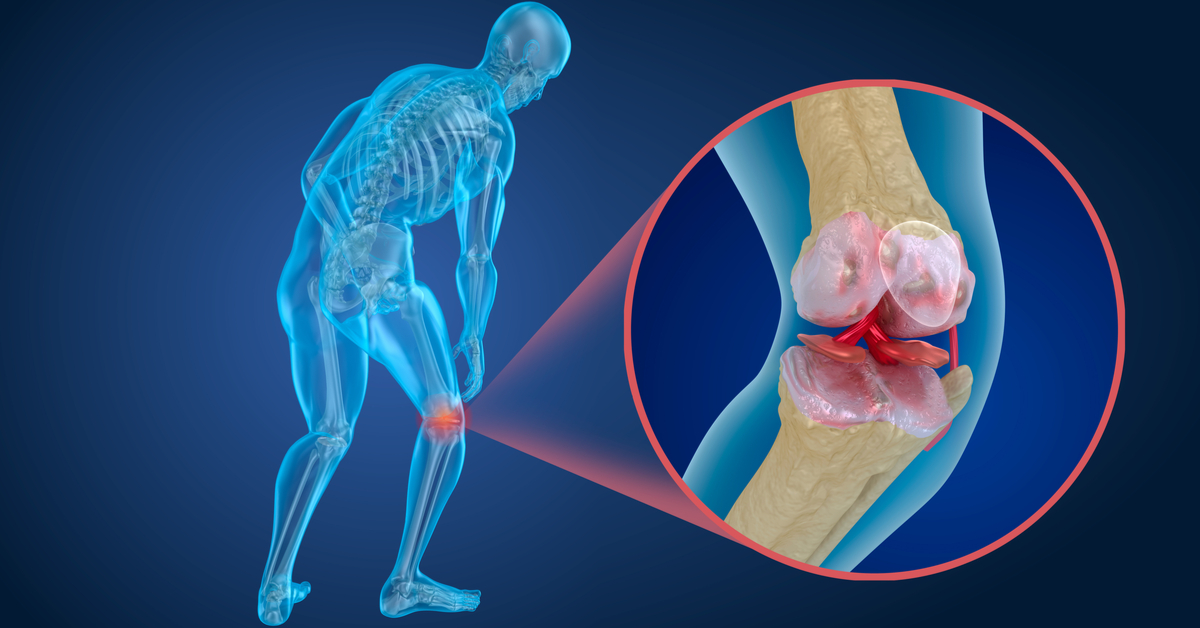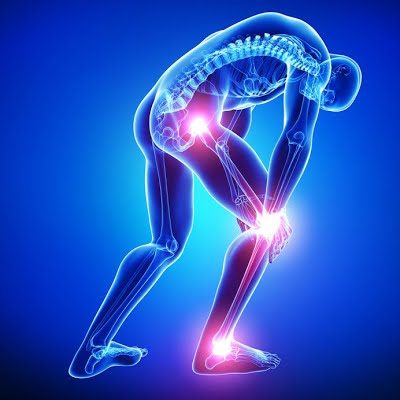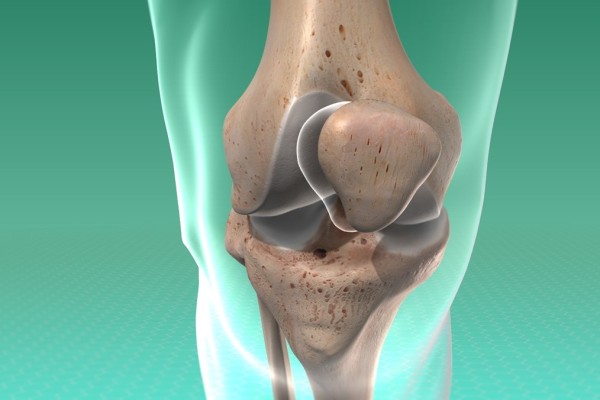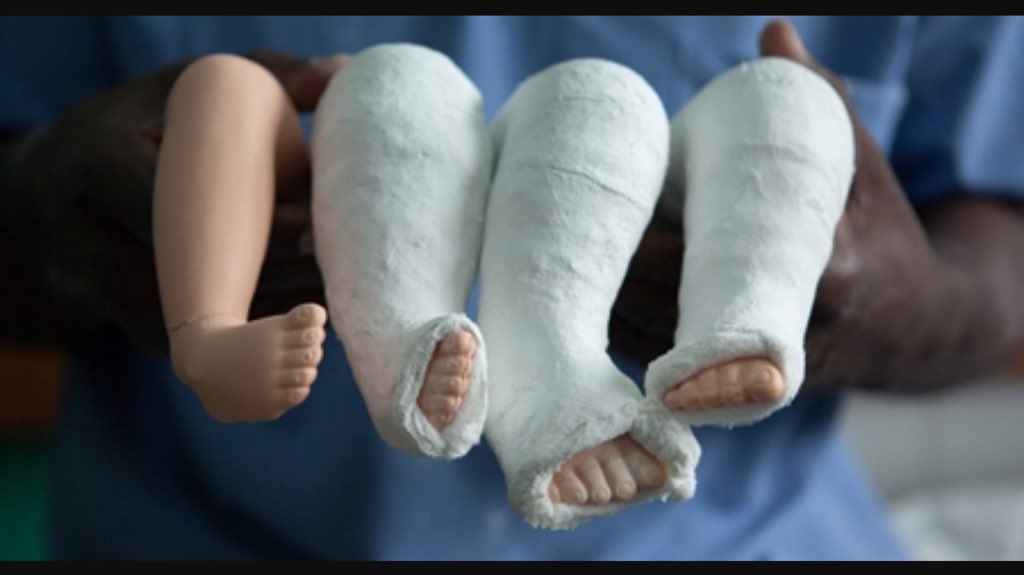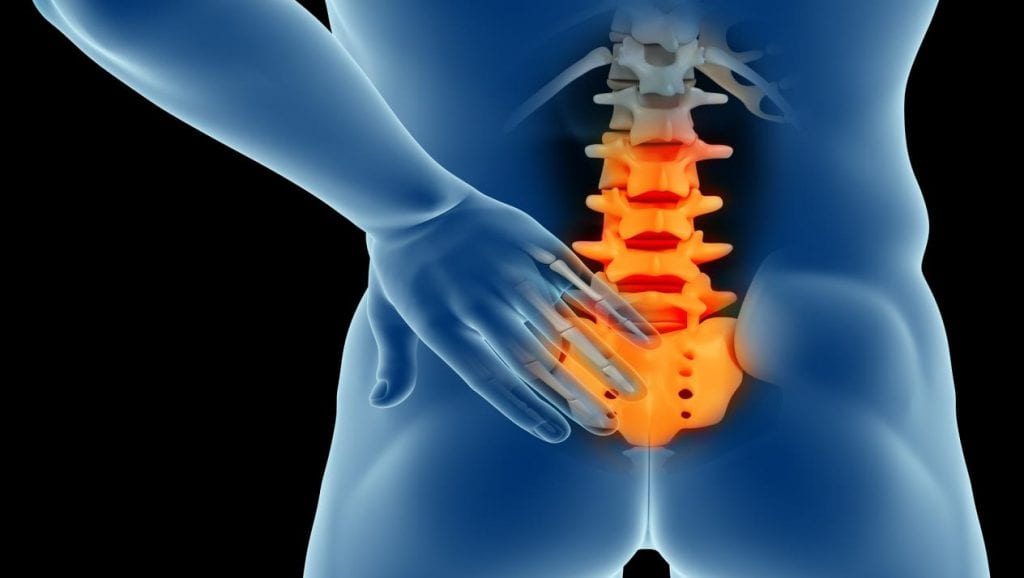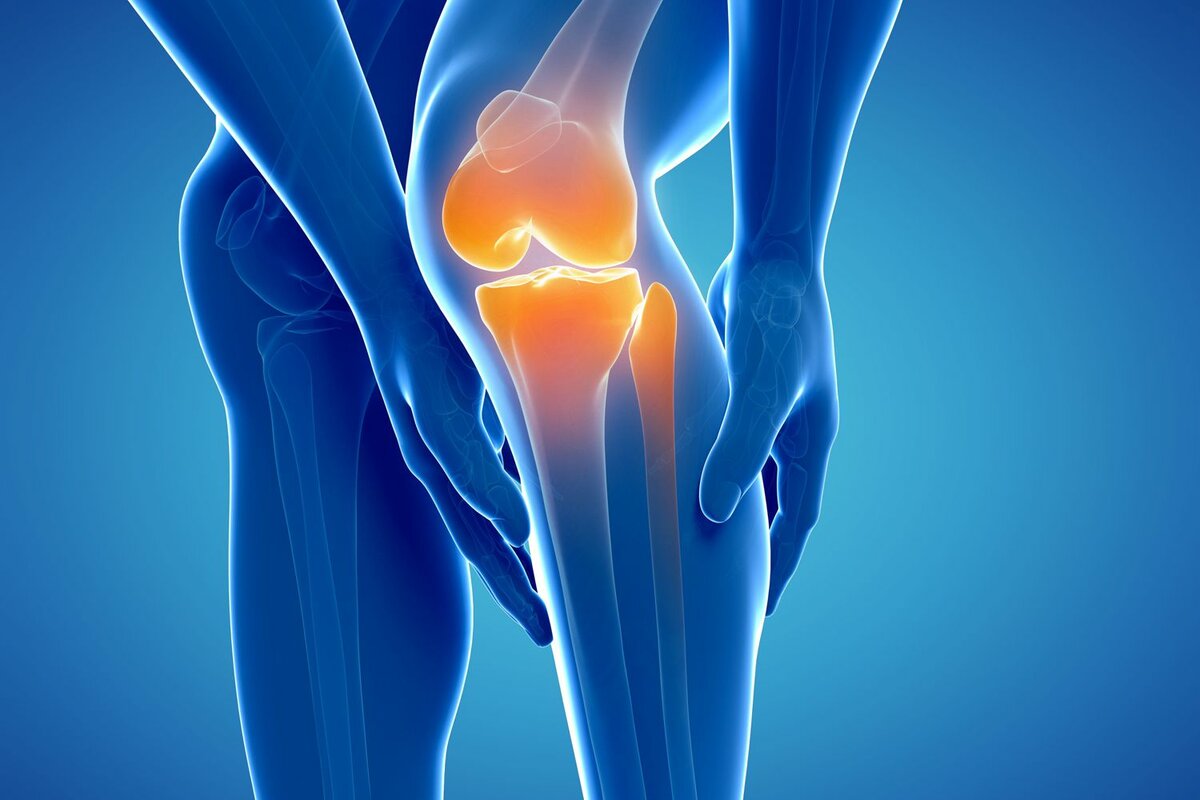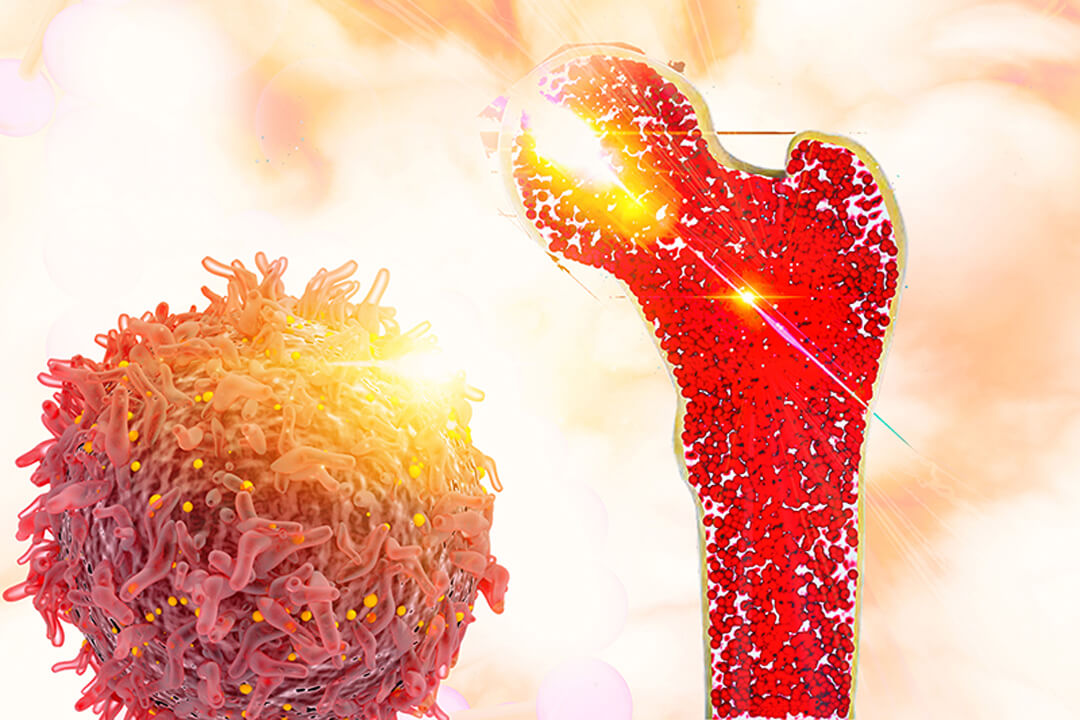Learn more about cartilage surgery
Cartilage surgery is one of the famous operations that enable a herniated disc patient to return to his everyday life. In this article, we explain to you when doctors resort to operating, how to perform it, the types of surgery, and other information related to cartilage surgery.
Cartilage surgery
Cartilage is the thin cushions that work to mitigate shocks and excessive loads on the vertebrae and also reduce friction between them so that erosion or health problems do not occur in the vertebrae, slipping or defective cartilage between the vertebrae can occur as a result of several factors, including aging diseases, prolonged sitting, and weight gain.
A slip or disorder in the cartilage, especially in the lumbar vertebrae, causes a painful feeling and has many symptoms that make the patient feel pain, such as losing the ability to practice daily activities normally, and in this case, after conducting the necessary examinations and x-rays, it is decided to perform the cartilage operation.
Cartilage surgery is performed in the vertebrae of the back in which a deformity or slippage occurred and resulted in more than one symptom felt by the patient, and doctors have indicated that some signs must be surgically intervened, as follows:
- Feeling a sharp pain in the back vertebrae and getting worse over time.
- Not feeling the pain gone despite taking a break.
- The presence of severe pain in this part despite taking painkillers and anti-inflammatory drugs.
- Having great difficulty doing daily activities, including walking or doing light exercises.
- The patient can sometimes feel numbness or tingling that reaches the foot.
- As a result of the pressure of the herniated disc on the nerves, the person may not be able to control the bladder and bowels.
Types of surgeries for herniated disc
The patient performs the necessary examinations, including x-rays and magnetic resonance imaging, to determine the patient’s condition, after which the patient takes analgesic medications and anti-inflammatory drugs, recommends taking a rest period and doing some exercises under the supervision of the doctor, and sometimes the specialist doctor prescribes cortisone to relieve pain and reduce pressure on the spinal cord.
In severe cases that do not respond to drugs or conservative measures, the attending physician determines the appropriate type of operation for the patient’s condition, and here are the types of surgeries that were resorted to in cases of a herniated disc:
- Disk removal or excision
Depending on the stage of the injury that the herniated disc patient has reached, the doctor can decide to remove it, and it is performed either through open surgery, which is a large opening in the back or neck, and the cartilage can be removed laparoscopically, which is easier and safer, and also helps to get rid of sciatica resulting from a herniated disc.
- Cut the vertebral plate
The intervertebral plate is the part responsible for protecting the spinal cord in the vertebrae. In cases of a herniated disc, the doctor cuts off a part or completely removes the follicle, and this operation is performed to relieve pressure on the nerves and reduce the pain caused by them.
- Spinal fixation (vertebral fusion)
This surgery is performed after removing the cartilage or cutting the vertebral plate by merging the ends of the existing vertebrae with the ends of the cartilage to give the vertebrae more stability when moving, prevent the bones from moving from their place, and reduce the feeling of pain.
- Artificial cartilage
Cartilage replacement operations can be performed with an artificial one made of metal or plastic that can increase the stability of the vertebrae, and this relieves pain and helps to facilitate the movement of the person.
Some complications can occur after cartilage surgery sometimes, including:
- Postoperative bleeding can occur.
- Bacterial infection as a result of surgery.
- The operation may sometimes cause tears in the lining of the spine.
- In rare cases, symptoms reappear after some time after the operation.
Is cartilage a serious disease?
Cartilage surgery is one of the important operations related to the relationship of slipping that affects the vertebrae of the back with pain that extends to the thighs and sometimes the soles of the feet, and therefore operating correctly may help the person get rid of the risks of slipping and feel better and also remove the pain of sciatica, but there may be some risks or complications that occur as a result of neglecting cartilage treatment, including:
- Nerve damage due to excessive pressure on it, and this may cause numbness.
- An injury can occur as a result of pressure on the nerves, which is the inability to control the extremities of the lower part.
- One of the cartilage complications is also a feeling of numbness in the inner part of the thigh.
When does a cartilage patient need surgical intervention?
If the person feels pain in the lower back and reaches the foot, then you may be at risk of injury or have already suffered from a herniated disc, which is a movement in the cartilage between the lumbar vertebrae that results in a feeling of pain similar to an electric shock. In this case, you must refer to a specialist doctor to properly diagnose the condition.
Some steps are taken to treat cartilage before surgical intervention, namely:
- The doctor asks the patient to do an x-ray and an MRI after a clinical examination.
- The condition of the cartilage and the degree of slippage are confirmed, and the doctor prescribes appropriate medications for the condition.
- The doctor recommends taking rest, not carrying heavy loads, and using painkillers and anti-inflammatory drugs.
- The patient can be injected with cortisone to relieve pain and reduce pressure on the spinal cord.
If the patient did not respond to the previous treatments and the condition worsened further and the feeling of uninterrupted pain increases, the attending physician in this case decides to perform the cartilage operation.
How long does cartilage surgery take?
The cartilage surgery can take up to 50 minutes or an hour as maximum, and this is due to the patient’s condition and the type of surgical procedure that was performed, and the cartilage surgery includes some successive steps, as follows:
- Preparing for the operation: The patient is prepared for the operation by being completely anesthetized.
- Starting to make a surgical incision: After the patient is anesthetized, the doctor begins to make a surgical incision in the part where cartilage damage or erosion has occurred.
- Surgical procedure: There is more than one type of surgery that was performed, which is cutting the vertebral plate or discectomy, and sometimes spinal fusion.
- Closing the wound: It is the last step in the surgery through which the wound is sterilized and sutured in order for the skin and muscles to recombine.
Arthroscopic meniscus surgery
Cartilage surgeries are divided into two types:
- Cartilage surgery.
- Arthroscopic meniscus surgery.
Arthroscopic cartilage surgery: It is one of the surgeries that doctors follow in treating cases of a herniated disc that require surgical intervention and did not respond to drug treatment and home procedures.
Usually, arthroscopic cartilage surgery does not cause the same pain as normal surgeries and does not affect the tissues negatively, and recovery from the operation is faster and the patient can leave the hospital on the same day.
There are some instructions that the doctor gives you after performing the arthroscopic cartilage surgery, which are:
- The doctor may prescribe analgesic medications that reduce postoperative pain.
- The patient can take aspirin in order not to be prone to blood clots.
- In most cases, the pain of endoscopic cartilage surgery is less than in other operations.
- If the injured cartilage is in the knee, a splint or crutch is used for a while to reduce the load on the joint.
Tips after cartilage surgery
There are some tips recommended by the specialist doctor so that the person does not develop complications after the cartilage surgery, which are:
- Completely avoiding activities that require effort for about 30 days, including sitting for long periods, carrying heavy weights, and driving a car.
- Commitment to prescribed medications after the operation and return to the doctor in case of feeling pain again.
- Follow-up with the physiotherapist to do the exercises for this period.
Here are some frequently asked questions regarding cartilage surgery:
Rest period after cartilage surgery
The patient waits in the hospital for one day after the cartilage surgery in order to be reassured about his health and the success of the operation, and then he returns home while adhering to the instructions of the attending physician. The patient’s rest period lasts from 4 to 6 weeks.
Some cases require a longer period of rest, depending on what the doctor sees of the patient’s condition and the extent of the person’s recovery, and in general, the patient should avoid violent movements and excessive load on the vertebrae during this period, and take care of the medications and exercises recommended by the attending physician.
Physiotherapy after cartilage surgery
Doctors recommend, after the cartilage surgery, doing physical therapy that helps the joints and vertebrae to work normally and strengthen the muscles that reduce the load on the body on the vertebrae, and some of the physiotherapy exercises that are followed include:
- The push-up exercise.
- Straight leg raises exercise.
- Lumbar flexion exercise.
Problems after cartilage surgery
Cartilage surgery, like other surgeries, has several problems or complications that a person may face after the operation, including:
- The patient may be at risk of infection as a result of the procedure.
- The vertebrae in which the operation is performed are very close to blood vessels and nerves in the body, and part of them may be injured during the surgery.
- In some rare cases, the patient may start to feel back pain, and symptoms of slipping appear again after a period of the operation.
- He may feel severe pain after the cartilage surgery, which is sudden as a result of a secondary herniated disc.
Muscle strain after cartilage surgery
Some people wondered about the possibility of muscle strain after cartilage surgery. Doctors explained that the presence of muscle tension after the operation has nothing to do with it. If the condition persists or increases over time, you can refer to your neurologist.
Numbness after cartilage surgery
Usually, as a result of a herniated disc, numbness or numbness affects the inner part of the thigh and the lower extremities, but after the operation, the nerves recover more slowly than the muscles and bones, so the numbness gradually disappears after the surgery.
But if after a period of the disappearance of the symptoms of the operation, the numbness returned to the person again, sometimes the cartilage may have returned to its position and caused a slip again, and the injured person needs to return to the treating doctor.
Cartilage surgery success rate
Cartilage surgery is one of the operations that has witnessed a great success rate in the recent period as a result of the modern techniques used by doctors in diagnosing and performing the operation, but determining a certain percentage of recovery for each disease is difficult because it is often linked to several factors, including:
- The extent to which the patient adheres to the doctor’s instructions after the operation may affect the success rate.
- Sometimes the body’s response to the operation affects the success of the operation, but this is rare.
- The skill and competence of the attending physician may be considered one of the factors for the success of cartilage surgery.
But in general, great success rates have been recorded for cartilage surgery over the past years, and the patient feels an improvement within one week of the procedure, and you must follow the instructions given to you by the doctor.
How long does it take to recover from cartilage surgery?
The patient needs to follow the instructions of the attending physician after the cartilage surgery, especially in the recovery period that starts from 4 to 6 weeks, and at this stage, the herniated disc patient begins to return to the daily activities that he performs normally.
Can cartilage be cured?
There is more than one method for treating a herniated disc, which is determined by the doctor, depending on what he sees of the patient’s health condition and the extent of his cartilage injury. Here are the types of treatment that doctors suggest:
- Conservative treatment
This type of treatment depends on the patient taking more care of himself, and he can take rest and avoid activities that increase the person’s fatigue and overload the body, and also avoid violent movements, especially if he is an athlete.
A herniated disc patient can also use cold or warm water compresses, which work to relieve pain and help blood flow normally in this part, especially if there is inflammation in the joint as well.
- Pharmacotherapy
In addition to home treatment, the doctor can prescribe some painkillers and drugs that help the body deal with pain. There is more than one type of medicine that the doctor prescribes, depending on the disease, including (paracetamol) and anti-inflammatory drugs.
The doctor can use some medications that help relieve pressure on the nerves and muscle relaxants, and the patient can also be injected with cortisone on the cartilage discs that have been damaged.
- Natural therapy
In some cases of cartilage slippage or damage to it, some activities and exercises are used under the supervision of a physiotherapist. Back support belts and electrical impulse therapy can also be used.
- Surgical treatment
The doctor may recommend that the person with a herniated disc performs surgery, especially in critical cases or that did not respond to previous types of treatment, and in this case, the person performs magnetic resonance imaging and laboratory tests before the operation to ensure the health condition and determine the appropriate type of operation.
Laser cartilage surgery in Egypt
Recent studies have shown that laser cartilage surgery is one of the emerging treatments for cartilage, which has proven to be very effective in the recent period and is recommended by many doctors because it carries many advantages that help the patient to recover quickly.
Laser cartilage surgery is a treatment method through which a cold or low-level laser beam is inserted through a catheter into the affected cartilage, and the rays work to relieve pain and treat the damaged part of the cartilage, which is the cause of the pain.
Laser cartilage surgery usually does not need more than an hour and does not require complete anesthesia, but rather local anesthesia can be used, and there are more than one advantage that makes laser cartilage surgery the best at present for a herniated disc patient, including:
- The patient is only locally anesthetized.
- The patient does not need to stay home for a long time.
- The patient does not feel the pain that normal surgery causes after the operation.
- The surgery does not interfere with heart patients or those with chronic diseases.
- The operation time is short.
Physiotherapy after cartilage surgery
Physiotherapy after cartilage surgery is an important matter that the doctor strongly recommends for the patient to return to his normal state after the operation and regain his activity as it was, and physical therapy can relieve the pain that accompanies the patient after cartilage surgery, especially lower back pain.
Types of physical therapy after cartilage surgery
- Massage therapy: Muscle massage may help relieve pain and reduce spasms that may occur after the procedure.
- Electrotherapy: Certain devices are used to stimulate the muscles to contract to a certain degree, which helps relieve pain.
- Heat therapy: stimulating blood circulation to flow naturally helps in healing the wound and gives more softness to the muscles and strengthens them in order to reduce the load on the vertebrae and thus the person recovers faster.
- Movement therapy: A physiotherapist can prescribe some exercises suitable for a herniated disc patient after surgery, which prevents joint stiffness due to not moving them for a long time and help maintain the muscle mass of the affected part.
Is cartilage surgery difficult?
The surgery of a herniated disc is one of the difficult decisions for the patient, but the attending physician prescribes it if the person does not respond to other medications, including painkillers and muscle relaxants, as well as physical therapy, and there are more than one type of them depending on the condition of the cartilage.
There are some complications after the operation, including infection or damage to the tissues surrounding the cartilage, but follow-up with the specialist doctor and adherence to the instructions he prescribed to the patient is one of the main factors in keeping away from any risks of the operation.
Is cartilage removal surgery dangerous?
Cartilage removal is not a dangerous operation, but rather a successful surgery that gives great recovery rates, but it may have some complications that can be avoided if the patient is conservative and follows the advice and instructions that the doctor explained after surgery.
Does cartilage surgery cause paralysis?
According to recent statistics, it has been confirmed that the cartilage surgery does not usually cause paralysis, but rather it preserves the spinal cord from rupture or injury so that its side effects do not lead to paralysis in the future.
Is cartilage a serious disease?
Cartilage is a group of connective tissues that are not vascular and have a low metabolism. As a result of many factors, it can slip or become damaged, thus affecting a person’s movement and daily habits easily.
The cartilage can put pressure on the nerves around it, and thus cause severe pain and damage to it, and sometimes it may result in paralysis because it affects the spinal cord, and the person with a herniated disc must quickly go to the specialist doctor to prescribe the appropriate treatment for the condition, and this increases the speed of the patient’s recovery.



